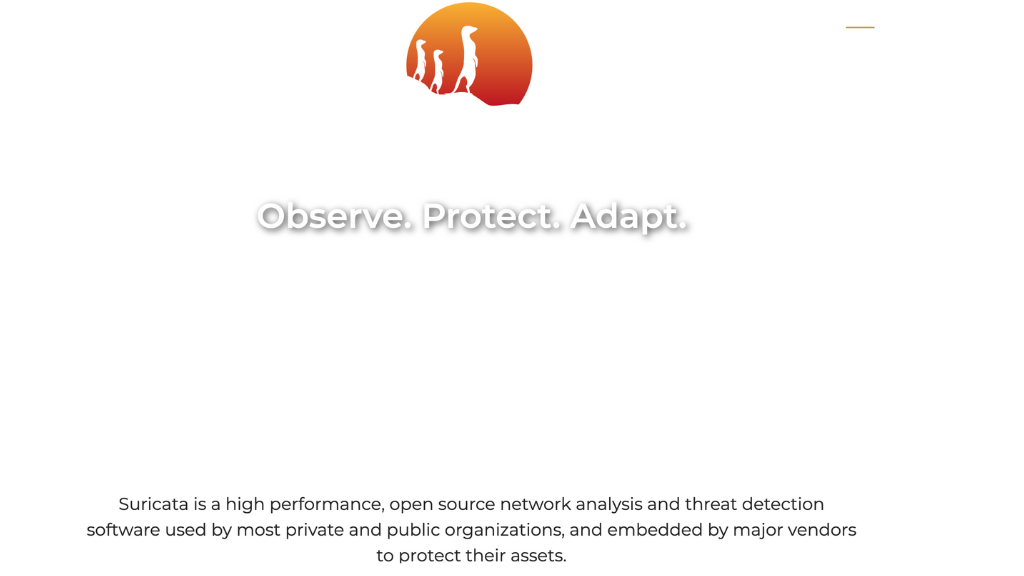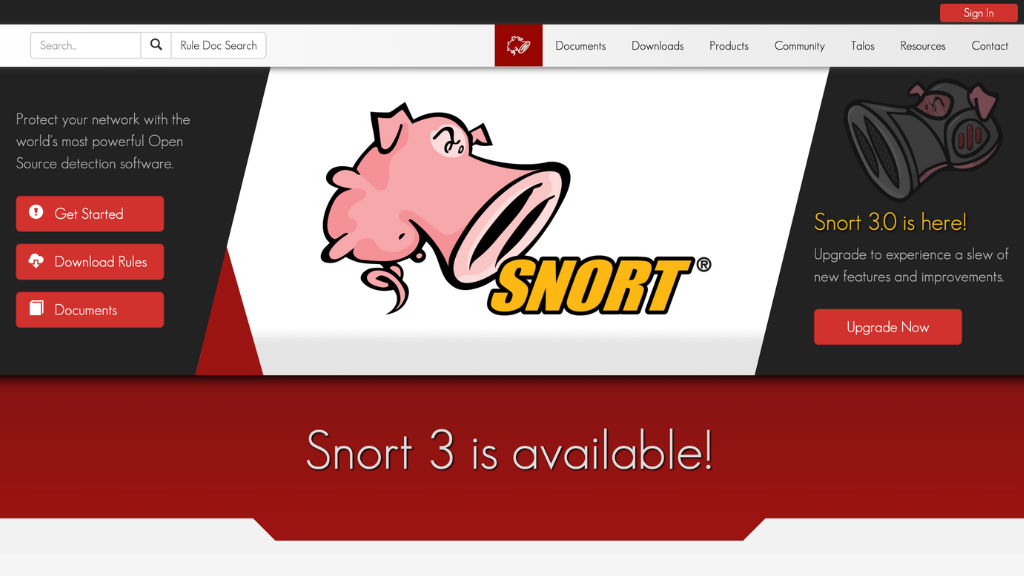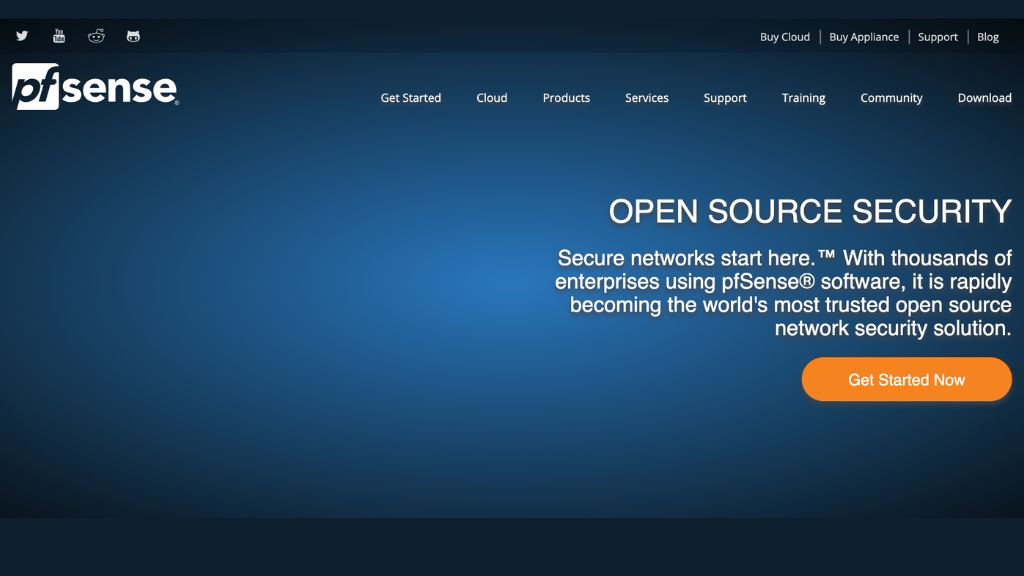Suricata and Snort have emerged as two powerful open-source network security solutions and intrusion detection solutions. These Intrusion Detection Systems (IDS) play a critical role in safeguarding networks from malicious activities and detecting potential threats. Here we’ll make a detailed comparison between Suricata vs. Snort. The key differences, features, deployment options, performance, rule management, compatibility with pfSense, and more help you understand which system best suits your needs.
Suricata vs. Snort
What is Suricata?

Suricata is a high-performance IDS/IPS engine developed by the Open Information Security Foundation (OISF). It is designed to monitor network traffic and identify suspicious or malicious activities. Suricata offers robust support for multi-threading, providing efficient processing of network traffic even on high-speed networks. With its extensive protocol support and detection capabilities, Suricata is widely recognized for its accuracy in identifying emerging threats.
What is Snort?
On the other hand, Snort is one of the most popular and widely used IDS/IPS solutions. Created by Martin Roesch in 1998, Snort has evolved into a mature and feature-rich system. It uses a rule-based approach to detect and prevent network intrusions. Snort’s rules are regularly updated to address the latest threats, ensuring the system remains effective in an ever-changing threat landscape.
Key Differences between Suricata and Snort
While both Suricata and Snort serve the purpose of network intrusion detection, there are several key differences between the two:
- Architecture: Suricata utilizes a multi-threaded architecture, which enables it to take advantage of modern hardware with multiple cores. Snort, on the other hand, primarily operates on a single thread.
- Protocol Support: Suricata boasts extensive protocol support, including HTTP, SMTP, FTP, SSH, and more. Although comprehensive, Snort may not have the same level of protocol coverage as Suricata.
- Performance: Suricata’s multi-threaded architecture and optimized processing provide higher throughput and scalability, making it suitable for high-speed networks. Snort’s single-threaded nature may limit its performance on such networks.
- Rule Language: Suricata uses its rule language, Suricata Rule Language (SRL), designed to be expressive and powerful. Snort employs its rule language called Snort Rules Language (SRL) but also supported a compatible subset of Suricata rules.
Features and Capabilities
Suricata Features and Capabilities
Suricata offers a wide range of features and capabilities, including:
- Multi-threaded architecture for improved performance and scalability
- Protocol detection and analysis
- Content inspection and file extraction
- SSL/TLS decryption and inspection
- Application layer protocol identification
- Anomaly detection and behavioral analysis
- IP reputation and blocklisting support
- Extensible rule language (SRL) for custom rule creation
- Integration with various logging and alerting systems
Snort Features and Capabilities

Snort also provides an impressive set of features and capabilities, such as:
- Rule-based detection and prevention
- Protocol analysis and decoding
- Payload inspection and pattern matching
- Stream reassembly for fragmented packets
- Dynamic rule support for flexible and customizable detection
- Preprocessors for additional analysis (e.g., HTTP normalization, IP defragmentation)
- Unified output options for logging and alerting
- Integration with external databases and security management systems
Deployment and Integration
Suricata Deployment and Integration
Suricata can be deployed in various network architectures, including inline, promiscuous, and tap modes. It integrates well with existing security infrastructure and can be used with other security tools, such as firewalls and network monitoring systems. Suricata also supports input and output plugins, enabling seamless integration of logging and alerting systems.
Snort Deployment and Integration
Snort offers flexibility in deployment, allowing it to function in inline or passive modes. It can be deployed as a standalone sensor or as part of a distributed architecture. Snort integrates with other security solutions and can leverage output plugins to interface with different logging and alerting systems.
Performance and Efficiency
Suricata Performance and Efficiency
Due to its multi-threaded architecture and optimized processing, Suricata exhibits excellent performance and efficiency. It can handle high network traffic loads and provides fast rule-matching capabilities. Suricata’s scalability makes it suitable for large-scale deployments and high-speed networks, ensuring minimal impact on network performance.
Snort Performance and Efficiency
Snort’s performance and efficiency depend on the hardware it runs on and the configuration in use. While Snort is effective on lower-speed networks, its single-threaded nature may limit performance on high-speed networks. However, Snort’s widespread adoption and community support make it a reliable option for many organizations.
Rule Management and Updates
Suricata Rulesets
Suricata’s rule management revolves around its rulesets. Rulesets consist of a collection of rules designed to detect specific types of network traffic. Suricata provides several community-driven rulesets, such as the Emerging Threats Open ruleset and the ETPro ruleset (commercial). These rulesets are regularly updated to address emerging threats and improve detection accuracy.
Snort Rulesets
Similarly, Snort relies on rulesets for its detection capabilities. The Snort community maintains extensive rules, including the Snort Community ruleset and the Snort Subscriber ruleset (commercial). These rulesets are updated regularly to ensure effective threat detection and prevention.
Compatibility with pfSense

Suricata with pfSense
pfSense, a widely used open-source firewall and router software, provides native support for Suricata. Integrating Suricata with pfSense allows for seamless deployment of an IDS/IPS within the pfSense ecosystem. Administrators can easily configure and manage Suricata through the pfSense web interface, making it an attractive option for pfSense users.
Snort with pfSense
Similarly, pfSense offers built-in support for Snort, allowing users to leverage Snort’s intrusion detection capabilities within the pfSense environment. The integration simplifies the deployment and configuration of Snort, making it accessible to pfSense users seeking robust network security.
Intrusion Detection System on pfSense
IDS on pfSense using Suricata
When deploying Suricata as an IDS on pfSense, administrators can leverage its advanced features and detection capabilities. Suricata can monitor network traffic, analyze packet payloads, and detect intrusions or suspicious activities. Integrating pfSense provides an all-in-one firewalling, routing, and intrusion detection solution.
IDS on pfSense using Snort
When deployed as an IDS on pfSense, Snort offers powerful rule-based intrusion detection capabilities. It can analyze network traffic, detect known threats based on rulesets, and generate alerts or take preventive actions. The combination of Snort and pfSense provides a robust security framework for network protection.
Advantages and Disadvantages
Advantages of Suricata
- Multi-threaded architecture for high performance
- Extensive protocol support
- Accurate detection of emerging threats
- Flexible rule language (SRL) for customization
- Integration with various logging and alerting systems
Disadvantages of Suricata
- The steeper learning curve for rule creation and management
- Limited community ruleset compared to Snort.
- Resource-intensive on lower-spec hardware
Advantages of Snort
- Widely adopted and well-established IDS/IPS solution
- Comprehensive rule coverage and frequent rule updates
- Active community support and extensive documentation
- Easy integration with other security tools and systems
Disadvantages of Snort

- Single-threaded architecture may limit performance on high-speed networks.
- Rule language (SRL) has limitations compared to Suricata’s SRL.
- Advanced features may require additional configuration or customization.
Conclusion
Suricata and Snort have proven their worth as powerful open-source IDS/IPS solutions in network security. Both offer unique features, capabilities, and deployment options, catering to different requirements and environments.
When deciding between Suricata and Snort, it is essential to consider your specific needs, network environment, and available resources. Evaluating factors such as performance requirements, rule management, compatibility with existing systems, and community support can help you make an informed decision.
For your next steps in securing your organization’s network and enhancing its overall cybersecurity posture, we recommend contacting NextDoorSec, a renowned cybersecurity firm.






0 Comments